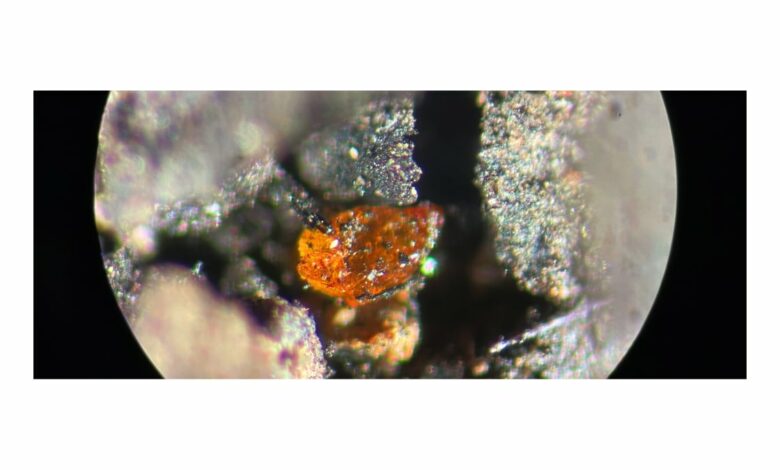Amber first found in Antarctica

The discovery of amber in Antarctica has been reported for the first time, as described in a recent study published in Antarctic Science. Dr. Johann Klages from the University of Bremen, together with a team of researchers, discovered this specimen in sediment cores from the Pine Island Trench in West Antarctica. This ancient amber, from approximately 83 to 92 million years ago during the mid-Cretaceous period, provides valuable insights into prehistoric environmental conditions near the South Pole.
Unveiling of the first Antarctic Amber
The study was published in the journal Antarctic Science, revealing that the amber, known as Pine Island amber, was recovered using the MARUM-MeBo70 drill rig during a 2017 expedition on the RV Polarstern ship. This mid-Cretaceous resin is considered a major breakthrough because it suggests that a swampy temperate rainforest, dominated by conifers, flourished in the region during a much warmer period in Earth’s history. According to according to Dr. Henny Gerschel of the Saxon State Office for the Environment, Agriculture and Geology, the amber probably contains small fragments of tree bark, preserved by micro-inclusions. The solid, translucent quality indicates that it was buried close to the surface, protecting it from thermal degradation.
Insights into prehistoric forest ecosystems
The presence of a pathological resin flow in the amber provides clues to the defense mechanisms used by old trees against environmental stressors such as parasites or forest fires. “This discovery “indicates a much richer forest ecosystem near the South Pole during the mid-Cretaceous,” explained Dr. Klages, noting the resin’s defensive chemical and physical properties that protected it from insect attack and infection.
Reconstruction of ancient Antarctic environments
The discovery of the amber marks an important step in reconstructing ancient polar climates, supporting the idea that temperate forests once stretched across all continents. Researchers want to investigate further by analyzing whether signs of past life are preserved in the amber. This study, in addition to excavating Antarctic amber, opens up new opportunities to deepen the understanding of Earth’s climatic past and the adaptive capacity of prehistoric ecosystems.




